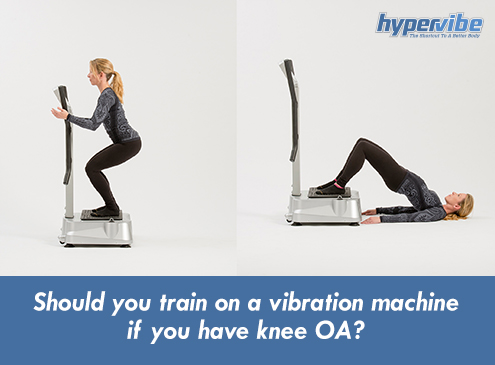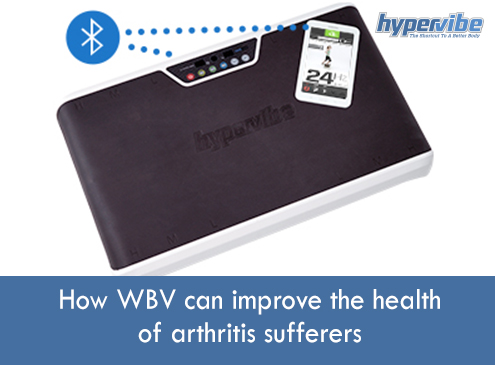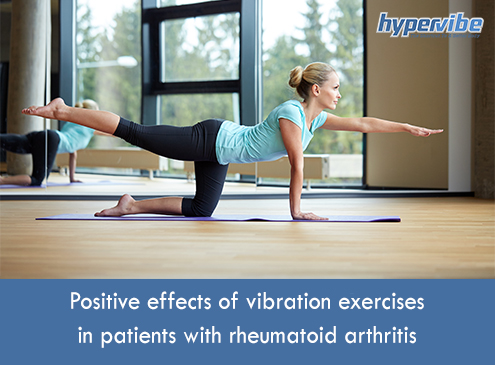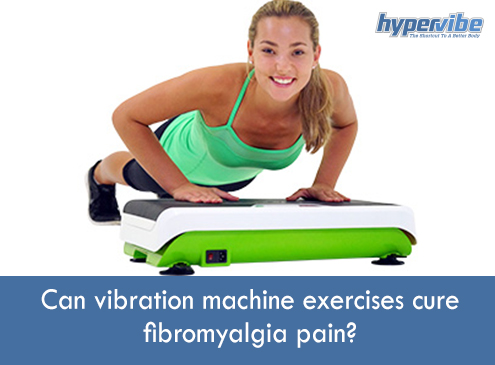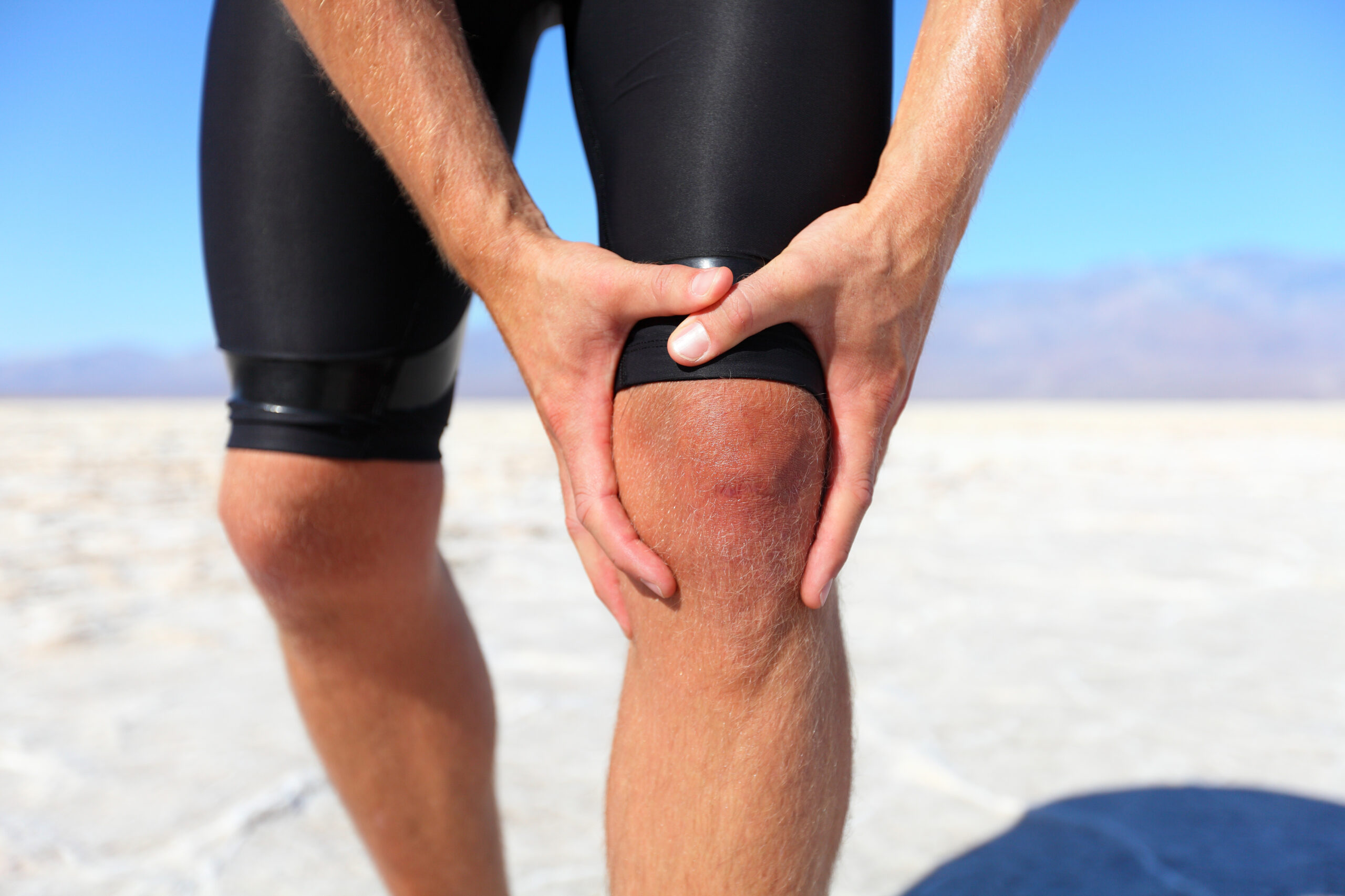Can You Use a Vibration Machine with Knee OA?
Researchers at the King Saud University, Riyadh, KSA have recently published a systematic review and meta-analysis paper proving the therapeutic effects of vibration exercises in knee osteoarthritis sufferers.
The study, which was published in the Archives of Physical Medicine and Rehabilitation, in March 2015, supports the findings of other scientists who have previously shown that exercising on a vibration machine may be an effective solution for easing pain and improving physical function in knee OA sufferers.
How osteoarthritis affects the knee joint
In a healthy person, the knee joint includes a rubbery tissue called cartilage, which protects the ends of the bones from rubbing together. Along with the cartilage, the synovial membrane that keeps the two bones together and the fluid released inside the joint, which lubricates the knee, contribute to the flexibility and normal range of motion of the knee joint.
In osteoarthritis sufferers, the cartilage gets damaged and causes the bones to rub together, the result being pain, stiffness and swelling, a reduced range of motion and deformity in some cases. Walking becomes painful and difficult and exercising is often completely avoided by people with knee osteoarthritis, as any movement that requires the knee joint to stabilize the body and to carry the weight of the upper body causes pain and discomfort.
Osteoarthritis appears as a result of wear and tear, being more common in adults aged 50 and above. Given that the deterioration of the cartilage doesn’t occur overnight, this form of arthritis usually develops gradually and its symptoms can be recognized even in the earlier stages of the disorder if one is familiar with OA’s manifestations.
In stage I and II osteoarthritis for example, symptoms include minor bone spur growth, pain after walking or running for several hours, stiff joints after sitting for prolonged periods, as well as tenderness when bending or kneeling. Although one may not consider these manifestations threatening, it’s good to see a physician if you experience such symptoms, as early diagnosis can improve the outcome in knee osteoarthritis.
In stage III and IV OA, the effects of this disorder are more obvious. Cartilage appears damaged, pain becomes more intense when the knee joint is used, and stiffness often occurs after sitting for long periods, or in the morning. Joints may swell after practicing demanding physical activities or walking for several hours. Given that the amount of synovial fluid in the joint is diminished, friction is more intense therefore pain is also intense and may prevent one from moving their joints.
Vibration training is effective in reducing OA pain
Osteoarthritis makes it difficult for one to practice conventional exercises, but this doesn’t mean people affected by this condition should no abandon physical activity for good. According to research, whole body vibration training can be a safe and efficient alternative to classical strength exercises, this form of training being gentler to the joints and requiring less effort from the subject.
The meta-analysis published by researchers from KSA included 5 studies, results showing that vibration exercises are effective in reducing pain and improving physical function in people with knee OA. Before this, a team of researchers from the Sichuan University, China, and the University of Lucerne, Switzerland, has shown that 8 to 12 weeks of vibration training can improve the physical function of osteoarthritis sufferers, thus could be used in rehabilitation programs.
Another interesting study conducted by researchers at the Universidade Federal dos Vales do Jequitinhonha e Mucuri, Brasil, showed that the addition of vibration training to squat exercises may minimize or slow down the progression of osteoarthritis in people with early knee OA symptoms. The frequency used in this study was 35-40Hz, and amplitude was 4 mm.
In chronic knee OA, whole body vibration exercises were found to reduce pain and increase strength of the quads, as well as the dynamic balance, this method being superior to conventional exercises in what concerns pain reduction. The study was conducted by scientists at the Dongguk University College of Medicine, Korea, and was published in the Annals of Rehabilitation Medicine.
Have something to add to this article? Comment below or join our Facebook community and share your thoughts with us!
